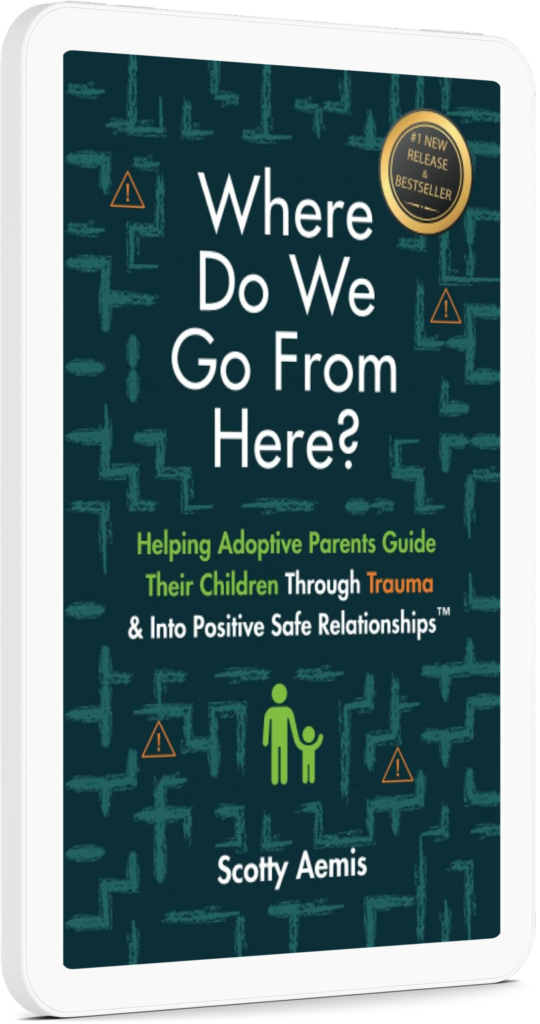And How You Can Help Children Heal From Traumatic Grief
Often when we think of trauma, we first think of physical, violent acts. But we often forget about emotional trauma. Emotional trauma isn’t just neglect or bullying, it can also be dealing with the death of a family member or friend.
Some children adjust well after a death, but some kids have ongoing difficulties that can interfere with everyday life, making it difficult to recall positive memories about the loved one they lost. Both a sudden, unexpected death (such as an accident) or an anticipated one (such as an illness) can lead to a traumatic reaction. If this reaction is severe or prolonged, it can interfere with a child’s functioning and they could be experiencing traumatic grief.
What is Traumatic Grief?
Traumatic grief is different from other forms of grief. While these other forms of grief are no less difficult to deal with, traumatic grief can come with much more intense feelings, and could possibly lead to a prolonged grief disorder known as complicated grief. Dealing with an unexpected death could even lead to grief that causes post-traumatic stress disorder (PTSD).
What does Traumatic Grief Look Like in Kids?
It’s important to remember that each child grieves in their own way. Reactions can vary according to age, ability to understand death, personality, developmental level, emotional health before the death, and even previous life experiences.
Any death can be difficult for kids and a wide range of emotional and behavioral responses are common, including changes in sleep habits or appetite; feelings of anxiety, sadness, or anger; social isolation; persistent thoughts of death; or feeling the person’s presence nearby.
Here is what traumatic grief responses may look like in some children:
- It’s harder to remember or enjoy positive memories of the deceased person.
- It’s harder to cope with changes that occur as a result of the death.
- It’s harder to continue with normal development.
- They have intrusive memories about death that could manifest as nightmares, guilt, or self-blame.
- They exhibit avoidance and numbing, such as withdrawal, acting as if he/she is not upset, avoiding reminders of the person or how they died, etc.
- They exhibit increased emotional issues, such as irritability, anger, decreased concentration or drop in grades, sleep issues, stomachaches, headaches, and/or fears of safety about oneself or others.
When it comes to childhood traumatic grief, there is an interaction between trauma and grief symptoms to such an extent that any thoughts or reminders, even happy memories, about the person who passed away can lead to frightening thoughts, images, or memories of how the person died.
Reminders that Trigger Distress
There are three types of reminders that can trigger distress in children experiencing traumatic grief.
- Trauma Reminders: places, situations, people, sights, smells, or sounds that remind the child of the death.
- Loss Reminders: people, places, objects, situations, thoughts, or memories that remind the child of who died.
- Change Reminders: situations, people, places, or things that remind the child of the changes in their life resulting from the death.
How to Help Children Heal from Traumatic Grief
Time does not always heal in this case. Traumatic grief can lead to a prolonged grief disorder known as complicated grief. Complicated grief means the person has experienced such significant distress to the point that it makes it impossible to function in different aspects of life. That is why traumatic grief needs to be treated with appropriate and tested interventions designed specifically for children with traumatic grief. One such intervention is trauma-focused cognitive behavioral therapy. This is an evidence-based treatment for children and adolescents. It is important to work with your child’s doctor to find the appropriate intervention. Remember, each child is unique and so is their grief.
At home, there are some things you can do to reinforce their intervention or therapy. Here’s how:
- Focus on routine and maintaining structure. This can help stabilize trauma by focusing on how to regulate emotions and calm the nervous system.
- Remind your child that their feelings are not wrong to have, and that everyone deals with grief at some point and handles it differently.
- Help your child express themselves in a healthy way through art or journaling.
Key Takeaways
Grief is difficult, but it can be especially hard for children. While some children are more easily able to accept death as a part of life and move on, others may have difficulty and begin to express symptoms of traumatic grief. As a caregiver or parent, it is imperative that you support your child by being their advocate in a medical and therapeutic setting, getting them the interventions that are right for your child. Then support them at home as they work through their traumatic grief by providing structure and helping them to express their emotions and thoughts in a healthy way. With treatment and time, your child can heal from their traumatic grief and live a happier and more fulfilling life!


